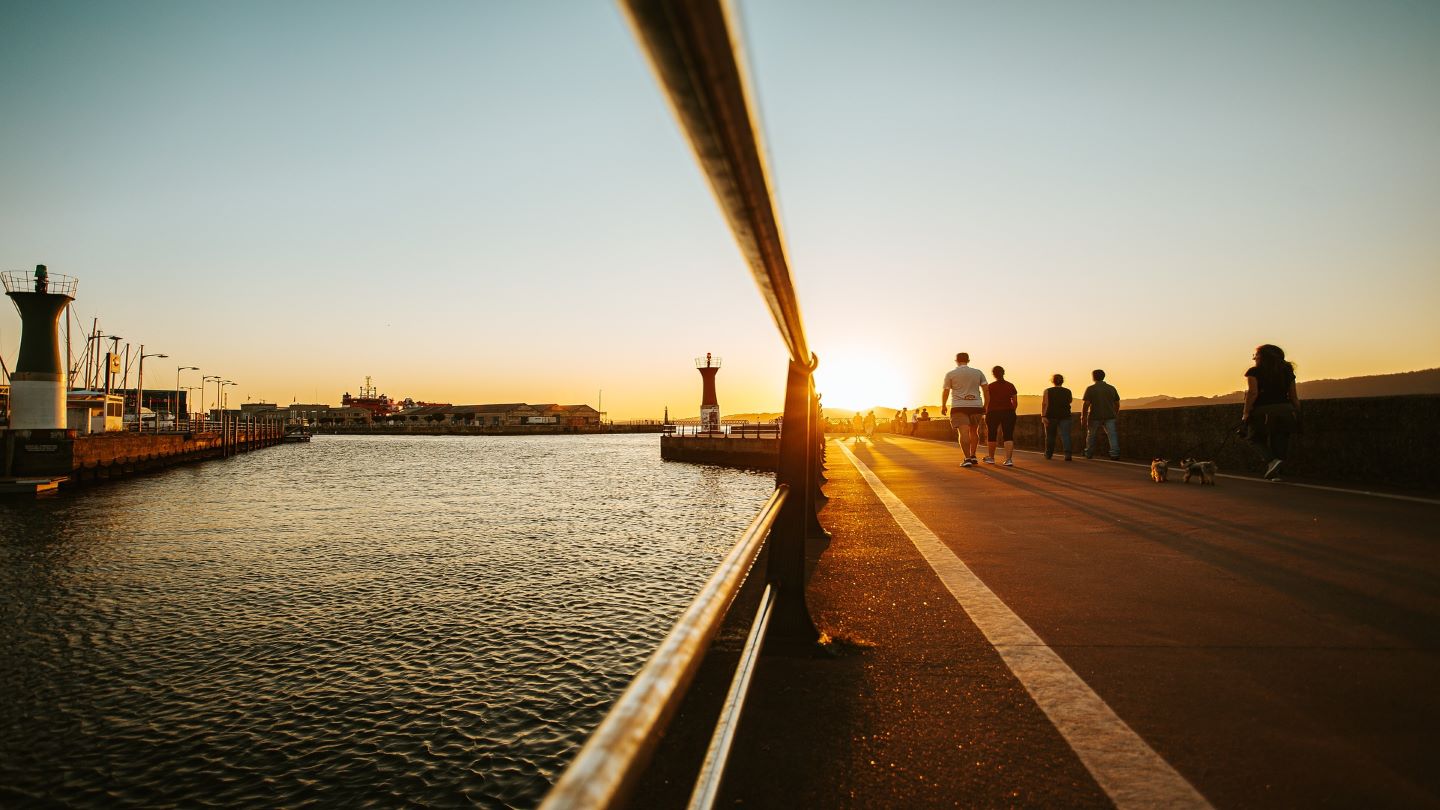
Wärtsilä, Norway based Höegh LNG and other partners, Institute for Energy Technology (IFE), University of South-East Norway, Sustainable Energy and BASF SE, have received funding of around €5.9 million from the Norwegian Government.
The funding will allow for the development of ammonia as a hydrogen carrier for the energy market, amounting to around 50% of the total budget of the project under Norway’s Green Platform programme.
Walter Reggente, Vice President of Wärtsilä Gas Solutions, said: “This important project is a natural extension of the investments and efforts made by Wärtsilä to accelerate the use of decarbonised energy.
“Hydrogen will play a considerable role in future renewable fuel consumption, and there is a clear need for the development of Ammonia as a storage and transportation carrier for hydrogen.
“We are grateful to the Norwegian government for its support and funding, and we appreciate also the cooperation of Höegh LNG and our other partners in making this project possible.”
The project will address availability of large-scale storage and transportation of clean energy.
Ammonia can be stored in liquid form at moderate pressures and temperatures. The project aims to enable ammonia to be converted back to hydrogen when received.
Green ammonia is a carbon-neutral renewable energy carrier produced from hydrogen as a result of electrolysis of water and nitrogen from the air. It is considered a liquid battery with a high energy density.
When the system to convert ammonia back to hydrogen is developed, it will be installed onboard a Höegh LNG vessel and be used as a floating receiving terminal. It will also be possible to relocate the system.
There will be minimal use of coastal land, lower overall cost, improved safety and competitive prices.
“As a world leading provider of fast-track floating LNG terminals, we are well-positioned to support the transition to clean, carbon-free energy. New and innovative solutions will need to be developed and we look forward to working together to ensure we remain at the forefront of the energy transition,” concluded Erik Nyheim, CEO and President of Höegh LNG.



